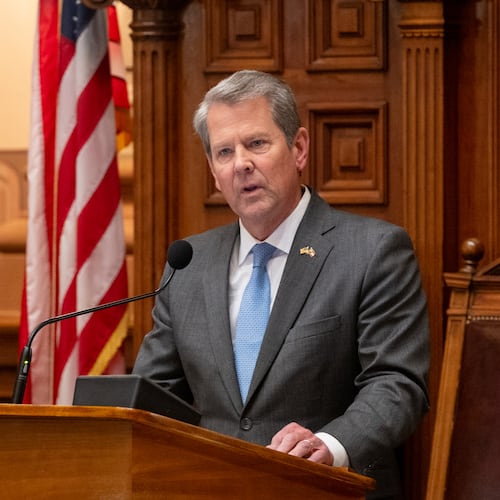The Georgia Senate on Friday approved its version of the state budget for fiscal year 2026, which begins in July.
Here’s what you need to know:
Big picture: The budget appropriates $37.7 billion to pay for education, health care, road construction, prisons and other state services. That’s up 4.4% from the 2025 budget.
No borrowing: The budget differs in some respects from the spending plan proposed recently by the House of Representatives.
For example, the House proposed borrowing more than $321 million to pay for school construction, school buses and prison facilities. Like Gov. Brian Kemp’s proposal, the Senate plan would forego borrowing and pay for all capital projects with money from the state’s accumulated $16.5 billion reserve and surplus funds.
Private school vouchers: The Senate also sides with Kemp’s plan to spend $141 million on a private school voucher program lawmakers created last year. The House had proposed spending just $45.6 million.
Other changes: The Senate nips and tucks the House proposal in numerous ways. For example, it cuts $28 million the House proposed for school districts with the most low-income students, $24.9 million for a statewide school safety database, $19.8 million for student mental health grants and $7 million for the Georgia World Congress Center Authority for security and infrastructure for the 2028 Super Bowl and the 2031 NCAA Men’s Final Four.
But the Senate also adds funding here and there. For example, the Senate would spend $4.7 million for 200 additional slots for a program that serves people with intellectual and developmental disabilities — up from 150 new slots in the House budget. And it would spend $2.5 million more than the House on grants for out-of-school care for students.
What’s next: The Senate approved its budget by a vote of 48 to 7. The Senate, House and Kemp will negotiate a final 2026 budget and approve it before the legislative session ends next week.
About the Author
Keep Reading
The Latest
Featured


